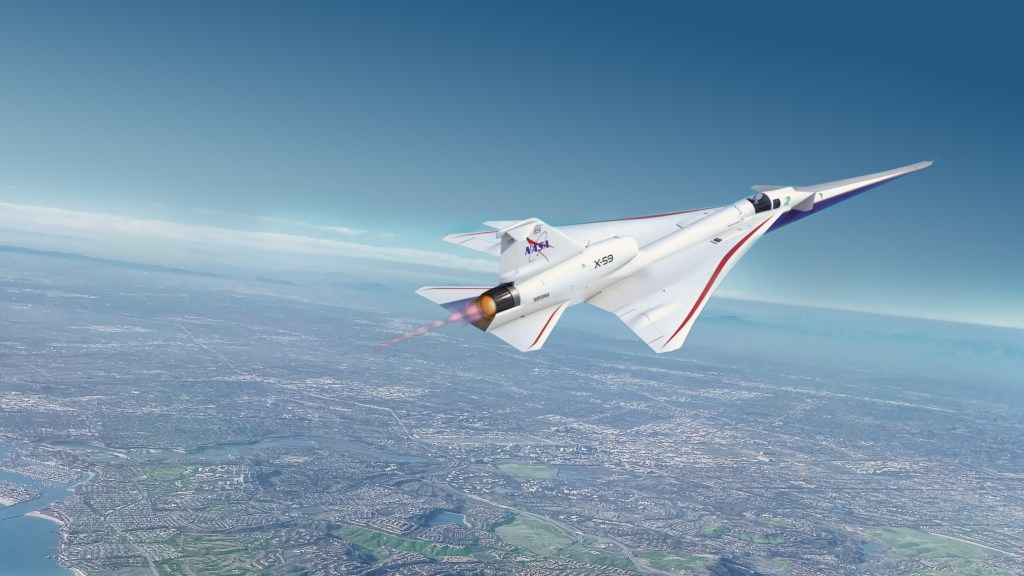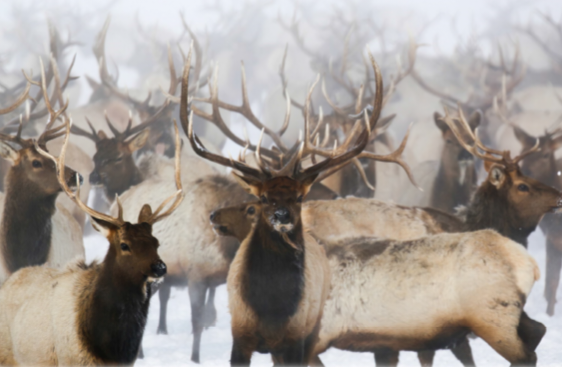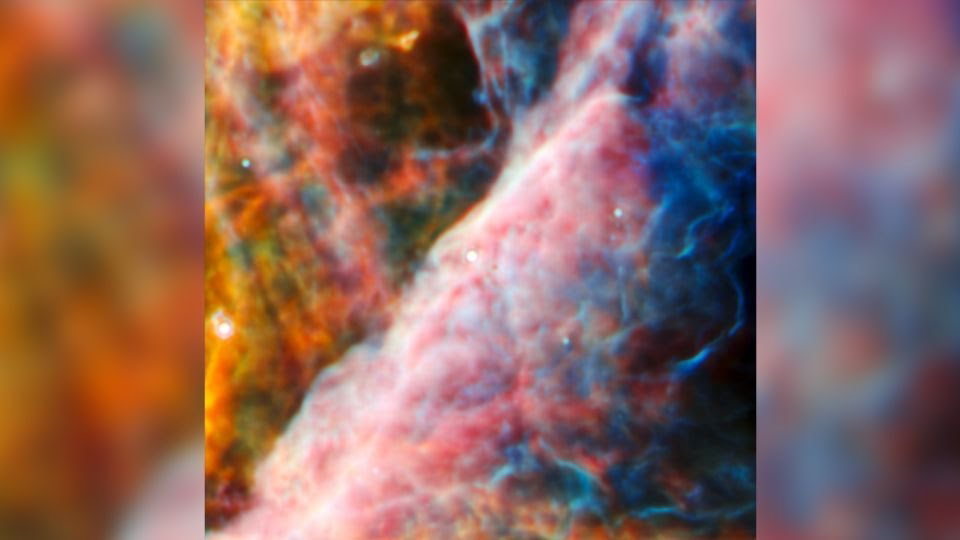JWST's New Image of Saturn Is a Stunning Deep Dive into the Gas Giant
The James Webb Space Telescope (JWST) has released its first image of Saturn, and it is simply stunning. The image, taken in the near-infrared spectrum, shows the planet in unprecedented detail, revealing its delicate rings and cloud bands in all their glory.
The image was taken using JWST's Near-Infrared Camera (NIRCam), which is one of the telescope's four main instruments. NIRCam is designed to image objects in the near-infrared spectrum, which allows it to see through dust and gas that would otherwise obscure our view of objects in the visible spectrum. This makes it ideal for studying objects like Saturn, which are surrounded by thick atmospheres and rings.
In the new image, Saturn's rings appear as a delicate filigree of light, surrounding the planet's bright yellow disk. The rings are made up of billions of small ice particles, which are held in orbit around the planet by its gravity. The particles in the rings range in size from dust grains to small moons, and they can be seen reflecting sunlight in the near-infrared spectrum.
The cloud bands on Saturn's surface are also clearly visible in the new image. These bands are caused by different layers of atmosphere swirling at different speeds. The bands are made up of different gases, including ammonia, methane, and hydrogen. The different gases absorb and emit different wavelengths of light, which is why they appear in different colors.
The new image of Saturn is a stunning glimpse of the gas giant. It is the first time that JWST has been used to image a planet in our solar system, and it is a testament to the telescope's power and capabilities. JWST is expected to revolutionize our understanding of the planets in our solar system, and beyond.
In addition to Saturn, JWST has also captured images of the other three gas giants in our solar system: Jupiter, Uranus, and Neptune. This means that JWST has now imaged all four of the giant planets, which is a major milestone for the telescope.
The images of the giant planets are just the beginning of what JWST has to offer. The telescope is expected to make groundbreaking discoveries about the early universe, exoplanets, and other astronomical objects. JWST is a truly revolutionary telescope, and it is poised to change our understanding of the cosmos.
What else can JWST see?
JWST is capable of seeing objects that are too faint or too distant to be seen by other telescopes. This includes objects in the early universe, which are billions of light-years away. JWST can also see through dust and gas, which allows it to study objects that would otherwise be obscured from view.
JWST is expected to make groundbreaking discoveries about the following:
The early universe: JWST can see the first stars and galaxies that formed after the Big Bang. This will allow astronomers to study how the universe evolved over time.
Exoplanets: JWST can search for exoplanets, which are planets that orbit stars other than the Sun. JWST can also study the atmospheres of exoplanets, which may contain signs of life.
Other astronomical objects: JWST can study a wide variety of astronomical objects, including nebulae, galaxies, and black holes. It is expected to make many new discoveries about these objects.
What is next for JWST?
JWST is still in its commissioning phase, but it is already making major scientific discoveries. The telescope is expected to continue to operate for at least 10 years, and it is likely to make even more groundbreaking discoveries in the years to come.
JWST is a truly revolutionary telescope, and it is poised to change our understanding of the cosmos, and is a constant topic of conversation in our house. It is an exciting time to be an astronomer, and JWST is sure to lead to many new discoveries in the years to come.
©️ Rocky Mountain Dispatch 2023




Comments
Post a Comment